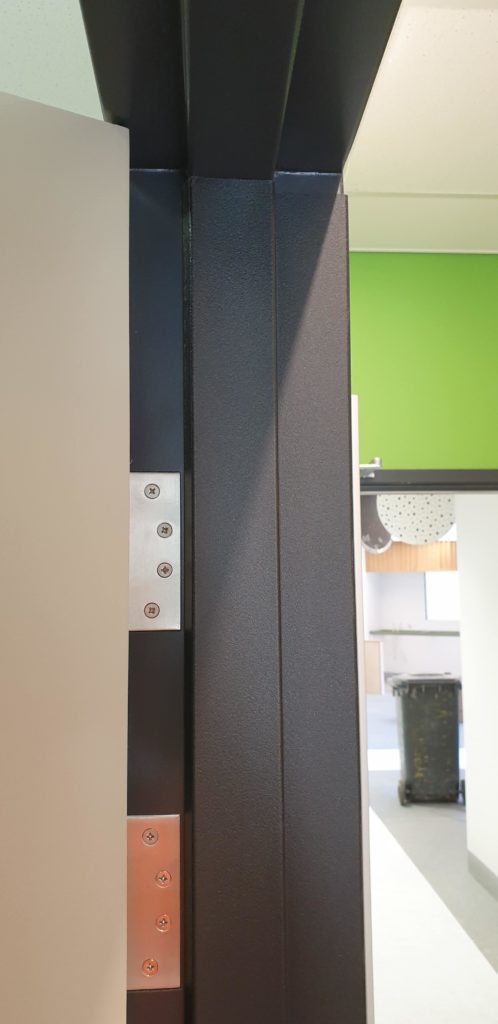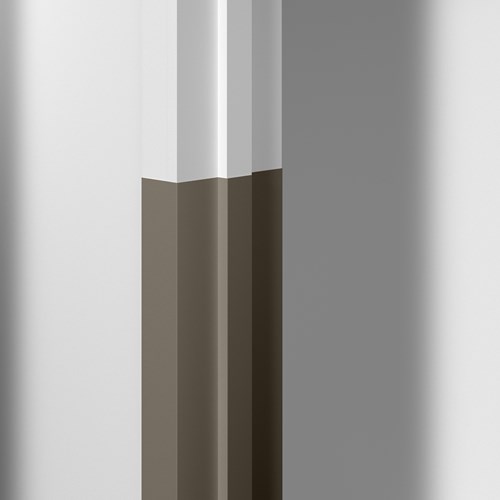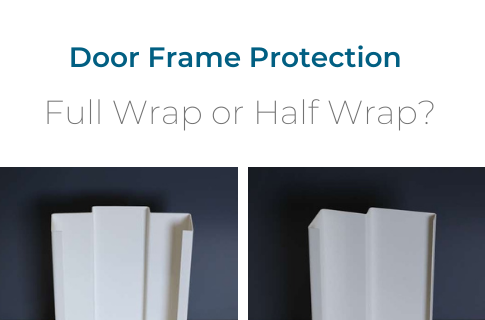
Door Frame Protectors: What is the Difference between a Full Wrap and a Half Wrap?
The terminology of ‘Full Wrap’ and ‘Half Wrap’ may be common knowledge to some, but double-dutch to others. Below is a picture of a Full Wrap and a Half Wrap door frame protector to demonstrate their visual differences.
-
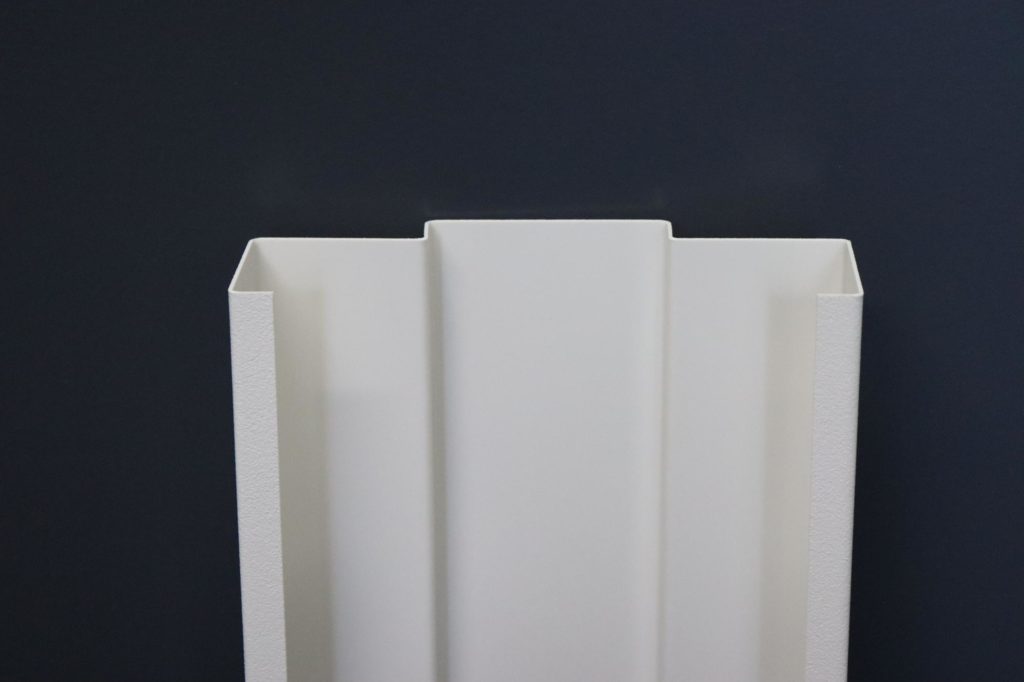
Full Wrap -
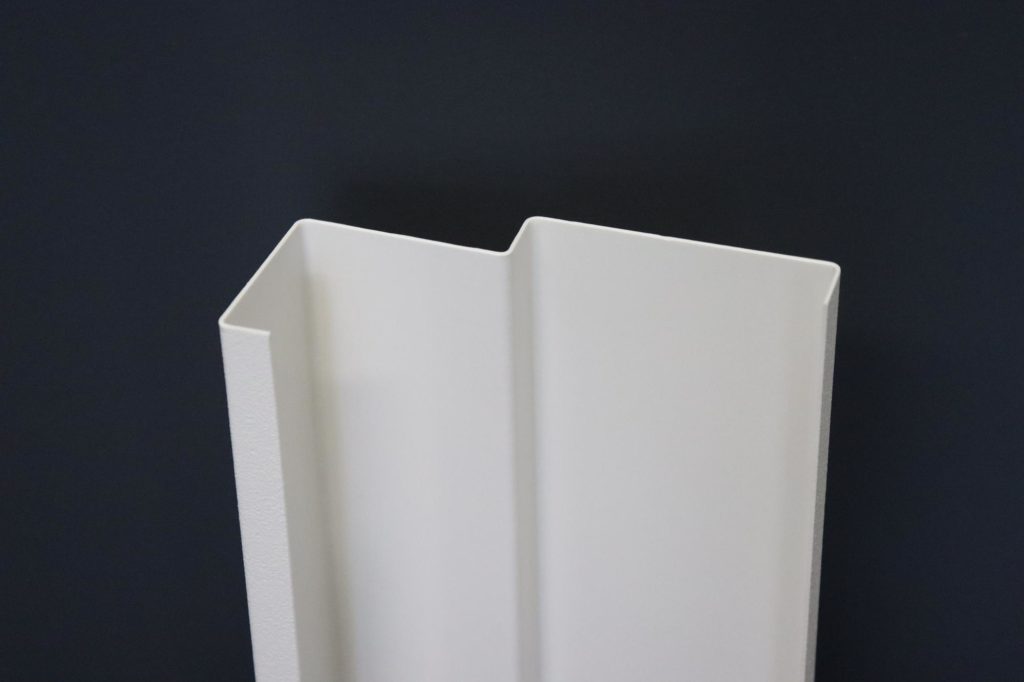
Half Wrap
Where are they each used?
Half Wrap

The half wrap (actually a bit more than a half wrap, but easier than calling it a two-thirds wrap) is recommended and generally used on the hinge side of a door leaf. The hinge side refers to the side of the doorway where the hinges are connected to the frame. On a single door, there is always a hinge side and a latch side of the door. The latch side refers to the side where the door handle and latch is. On a double door there is two hinge sides and no latch side, because the door latch/handle is in the middle of the two door leaves, rather than on the door frame, like a single door. Therefore a double door generally has a pair of half wraps.
Full Wrap
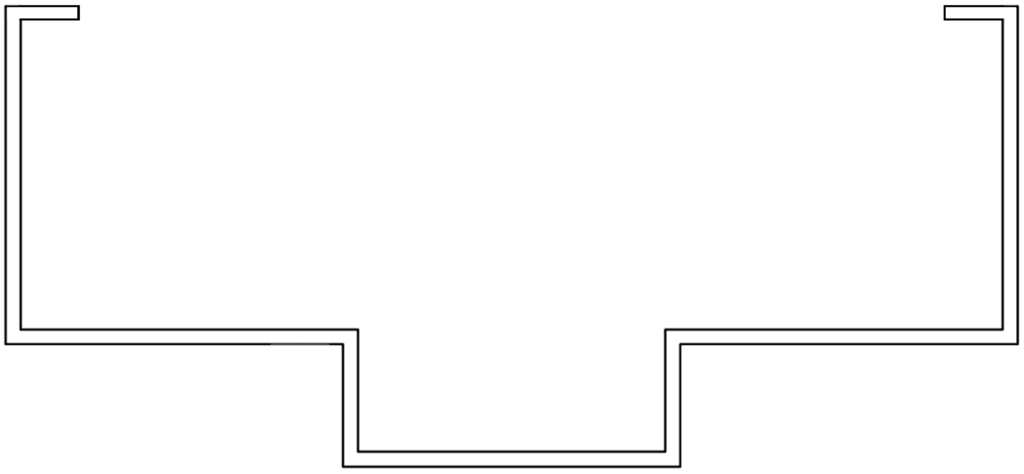
A full wrap generally occurs only on the latch side of a single door. This is generally recommended as the entire frame on the latch side of the door is exposed and vulnerable to damage. The reason full wraps are not generally required on the hinge side is because when the door is opened, the door leaf conceals the balance of the frame on the hinge side that is not protected with the half wrap door frame protection, protecting it from damage.
Exceptions: It is important to note that the full and half wraps can be interchanged, depending on the clients preference and site conditions.
Half Wraps often get used everywhere on a project, even for the latch side of single doors, to keep everything consistent and because a vast majority of doors in hospitals are double-doors anyway.
Full wraps sometimes get used on the latch side of doors as well, where clients want belts-and-braces protection, although this can create issues on site as it necessitates notching around the hinges insitu. Although this is not generally required on hinge sides of the door, clients sometimes think that it looks better.


